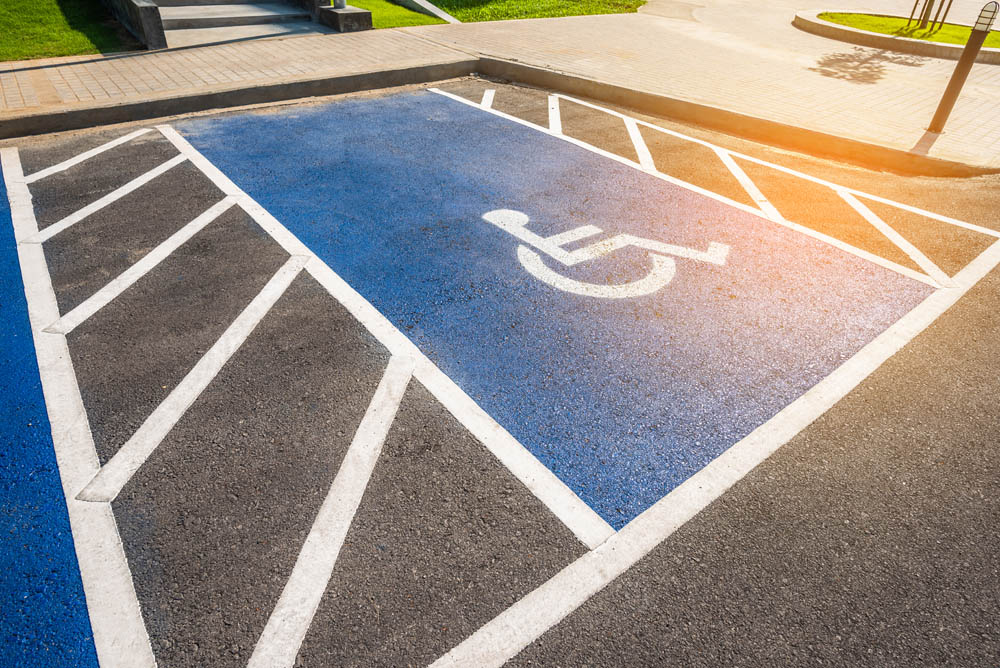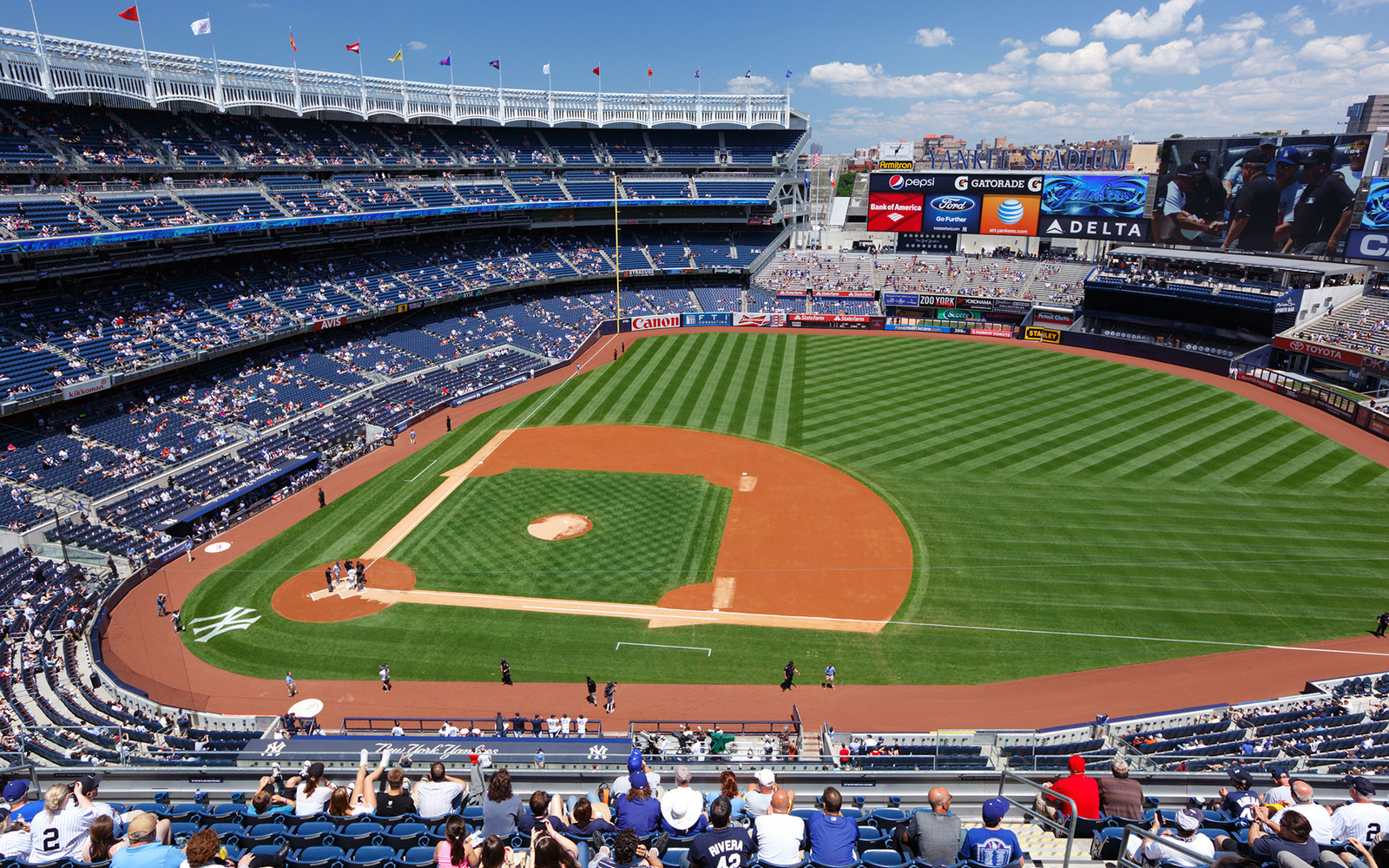
Disability and Accessibility in Public Places From a Temporarily Disabled Person’s Perspective
Because of a knee injury, I have been hobbling around on crutches for the last few weeks and I will be for the next month or so. This is not my first stint on crutches. I did 3 months on the sticks about 6 years ago when I broke my leg following a skiing accident. Last time, I was fairly self-centered. Perhaps it was because of the nature of my nature, more specifically, how it occurred. I kind of enjoyed the attention and re-telling my harrowing tale and of the subsequent rescue. This time, however, I am more circumspect. There is nothing sexy about my injury. It is an aggravation of an old injury, probably exasperated by this year’s ski trips, and I have no stories to tell.
As I crutch around town and attempt to live my life with some sort of normalcy, I have noticed how disabled people have to navigate through their lives. I am not talking about whether buildings comply with ADA requirements – I am sure that most do. But there is much more to moving through a public place on crutches, a walker or a wheelchair or other assisted device than whether the doors are wide enough or the bathrooms have handrails. Let me start by saying that I did not ask my doctor for a handicap parking permit. Though it would be nice, I figure that I am still young enough and strong enough to crutch the extra steps necessary to get where I am gong. And, since my exercise program is now limited, I need any exercise I can get. However, disabled parking comes with extra space to get in and out of your car and retrieve your crutches. Many shopping centers and office buildings have very little room between parking spots. This is not something I really thought about before, other than in the context of “don’t ding my doors”. Also, handicap parking is next to access ramps. I can go up and down a curb, but stairs are a problem for me, so my route to a building often takes me the long way to the access ramp.
Another major design flaw of parking lots for the mobility impaired is landscaping. We never think twice about walking a straight line to and from our cars. That often means cutting across a grassy median that some times has a low hedge or plants. This is not always possible to do on crutches. Crutches don’t work well on grass or in the dirt and you can’t squeeze through small openings of landscaping or step over low plants and hedges. Therefore, extra mileage becomes the norm.
Automatic doors to buildings are a blessing. But I have also found that people are generally decent. They see me coming or struggling with a door and go out of their way to open the door for me. This has been a pleasant surprise to me. Who says South Floridians are rude? I use a backpack now where ever I go, yet people offer to carry things for me or put things in the backpack for me. I am amazed.
While many stores and businesses have easy access into the premises, once inside, it is very difficult to get around because aisles are narrow or chairs and desks are too close together. For example, a local market we frequent has very narrow shopping aisles and numerous sales displays throughout the store. The same holds true for the medical supply store where I recently went to have new tips put on my crutches the other day. The aisles were very narrow and the shelves were stuffed so that I could only move through some parts of the store sideways. The waiting rooms of one of my doctor’s office (not my orthopaedist) as well as the offsite x-ray tech office is so small and crowded with chairs that I step on other peoples’ toes with my crutches and bang into chairs as I move around.
Restaurants must be careful in seating customers with mobility assisted devices. I’ve nearly been knocked over by other customers, bus staff and servers. It is often difficult to find a place to store my crutches and I have been seated as far away from the door as possible even when there are available seats at the front of the restaurant.
I have attended two Marlins games on crutches. The parking garage is relatively close to the stadium but still a hike if you are disabled. I was very pleased when, at one game, 3 times, Marlins staff offered me a wheelchair to take me to my seat, the first time as I was entering the stadium grounds from the parking lot. I declined as pride just won’t allow me to accept. The good thing about the stadium is that the steps to the seats are wide and there are “half” steps between each full step making the climb and descent to your seats fairly easy on crutches. Rows between seats are very wide and hopping in while using the crutches is easy to do.
ADA and Public Accommodation Laws are necessary to assure reasonable access for disabled persons. Having to experience life as a mobility impaired person, I am glad to take some advantage of these laws and, I think that I am more sensitive to the needs of the disabled. More sensitivity above and beyond the legal requirements is the right thing for business and property owners to do. Certainly, it isn’t reasonable or feasible to expect that every building be designed or built to perfection for every type of disability. But with planning and simple kindness, we can make access easier for everyone.




No Comments
Sorry, the comment form is closed at this time.